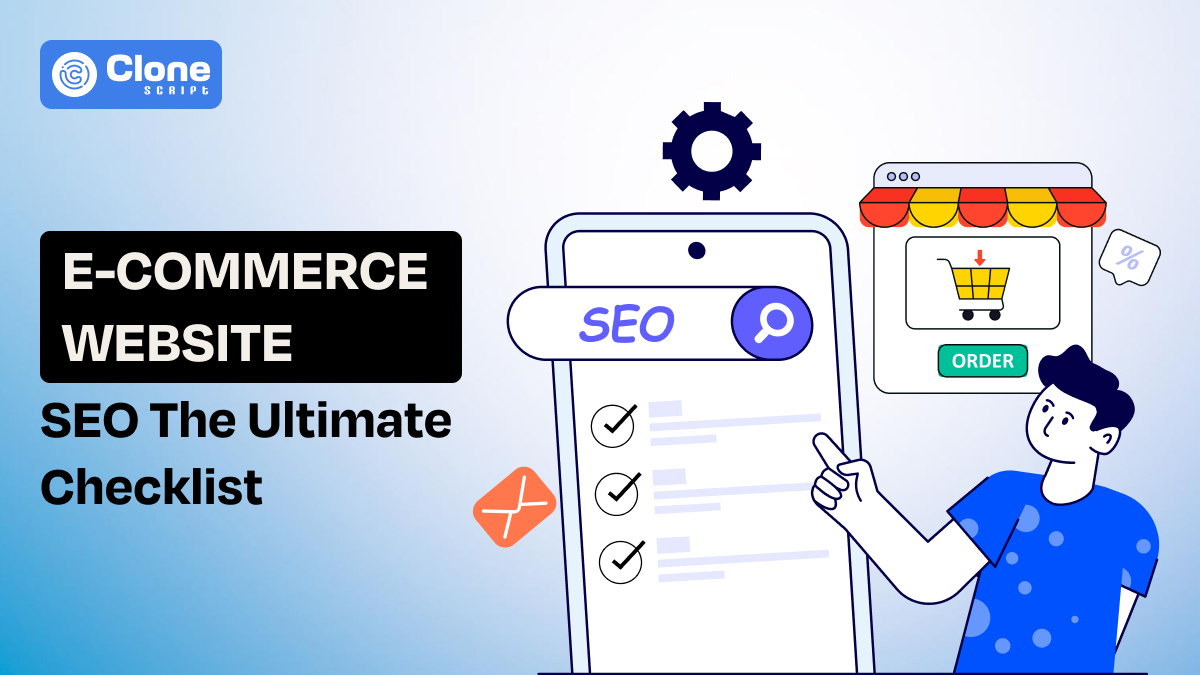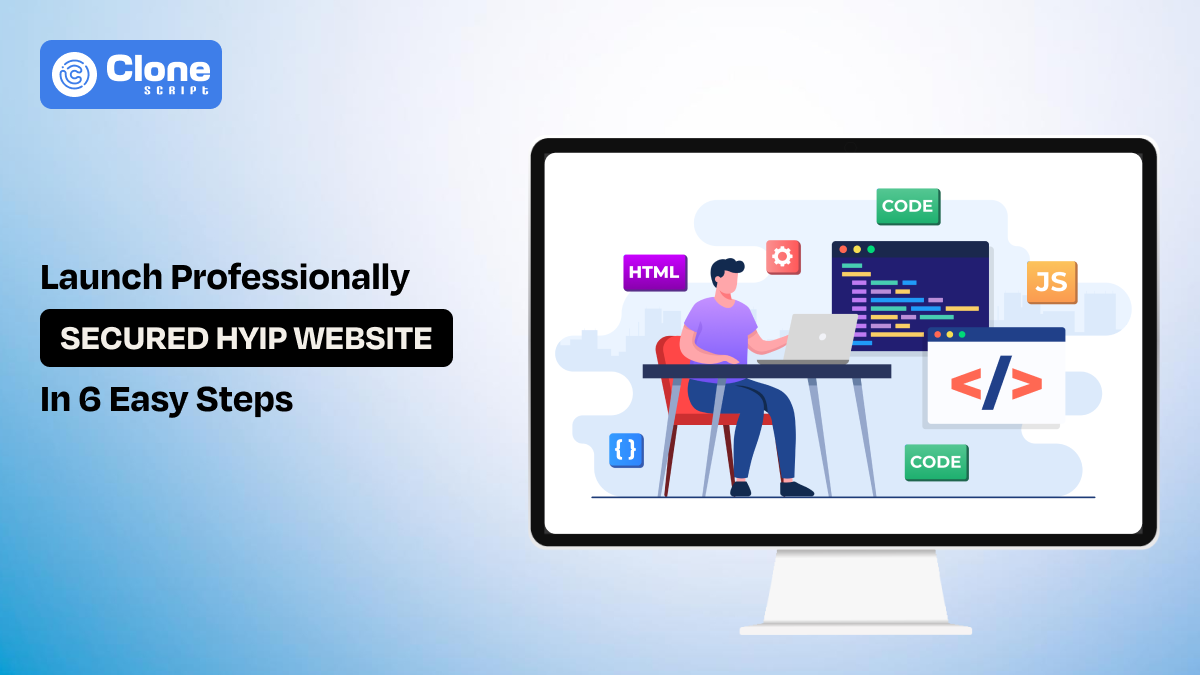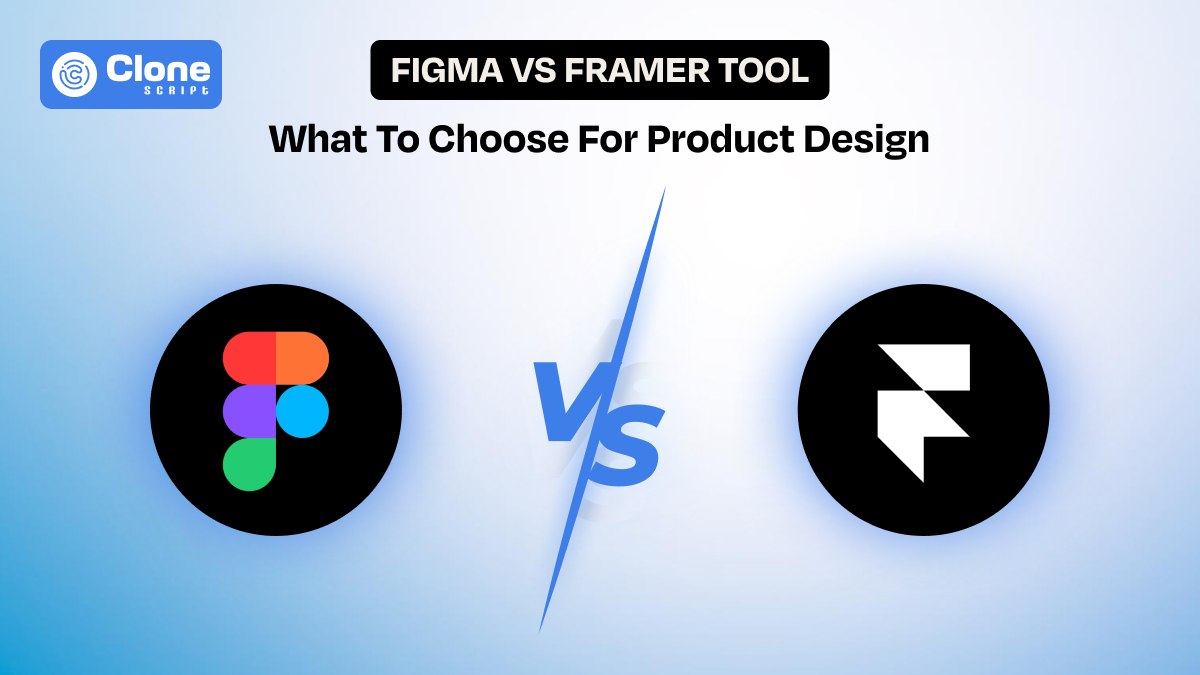How to Do SEO for an E-commerce Website: The Ultimate Checklist
If you’re running an e-commerce store, you already know the competition is intense. With so many businesses competing for the top spots in search results, simply having a great product isn’t enough. You need your customers to find you online and that’s where SEO comes in.
68% of online shopping experiences begin by using a search engine. Without a solid SEO strategy, your online store could be missing out on thousands of potential customers every day.
This ultimate checklist breaks down everything you need to know to optimize your e-commerce site and stay ahead of the competition. Let’s get started!
Keyword Research: Find What Shoppers Are Searching For
Once you set up your website. Right then you have to do thorough keyword research because it is the cornerstone of any successful SEO campaign. It helps you understand your audience’s needs and tailor your content accordingly.
-
Identify Primary Keywords: Use SEO tools for e-commerce like SEMrush, Ahrefs, UberSuggest, or Google Keyword Planner to discover keywords with high search volume and low competition. Also, ChatGPT for the keyword ideas is a very innovative and faster approach.
-
Long-Tail Keywords: These specific, low-competition keywords often indicate high buying intent. For instance, “men’s black leather shoes under $100” is more likely to convert than a generic term like “shoes.”
-
Competitor Analysis: Use tools like SpyFu to analyze what keywords your competitors are ranking for and identify gaps in your strategy.
-
Search Intent Mapping: Identify keywords that align with user intent—whether informational, navigational, or transactional.
On-Page Optimization: Fine-Tune Your Content
On-page SEO is one kind of approach to implement and create an opportunity to be featured on better SERP rankings. It directly impacts your rankings and user experience.
Focus on these areas:
-
Title Tags: Create unique, keyword-rich titles for every page. Don’t exceed titles over 60 characters limit as it truncates search results. Example: Instead of “Shoes for Sale,” use “Men’s Running Shoes | Free Shipping on Orders Over $50.”
-
Meta Descriptions: Write engaging, useful, helpful meta descriptions to improve click-through rates. Include your primary keyword and a clear call-to-action (CTA).
-
Header Tags (H1, H2, H3): Organize content with structured headings. Use your target keywords in H1 and variations in subheadings.
-
Image Optimization: Compress images to improve page load speed and use descriptive alt text to make them SEO-friendly.
-
Internal Linking: Link to related products, blog posts, or categories to enhance navigation and distribute link equity.
Technical SEO: Optimize for Crawling and Indexing
Technical SEO is a method that guides search engines to crawl and index your site efficiently.
-
Site Speed: Without a mobile-first indexing website users will drive away. Google’s data shows that a 1-second delay in mobile page load can reduce conversions by up to 20%. Tip: Use tools like GTmetrix or Google PageSpeed Insights to identify bottlenecks and implement fixes like caching and image compression.
-
Mobile-Friendliness: With 60% of searches happening on mobile devices, a responsive design is non-negotiable. Test your site’s mobile usability in Google Search Console.
-
Secure Website (HTTPS): HTTPS is a ranking factor. Implement an SSL certificate to build trust with your users.
-
Structured Data Markup: Use schema.org to add rich snippets like reviews, product availability, and pricing to your search listings to increase e-commerce site click-through rate.
-
Canonical Tags: Add a “Canonical Tag” to your web page so search engines can understand the ultimate source of content. This will avoid duplicate content issues affecting SEO severely.
Off-Page SEO: Build Authority
Off-page SEO revolves around building high-quality backlinks and promoting your site to online channels.
-
Backlink Building: Earn links from reputable websites through guest posts, partnerships, or content promotion. Tip: A case study by Ahrefs found that the top-ranking pages in search results have an average of 3.8 times more backlinks than lower-ranking pages.
-
Social Media Integration: Share your content on platforms like Instagram, Pinterest, and Facebook to drive traffic and engagement.
-
Influencer Partnerships: Collaborate with influencers to reach a wider audience and boost credibility. Try to create more engaging content that the audience loves and likes.
-
Online Directories: List your business in directories like Yelp, Google My Business, and niche-specific platforms. Google My Business is the best option to improve your local SEO rankings.
Content Strategy: Engage and Educate Your Audience
After implementing on-page SEO and technical SEO best practices, it’s time to focus on creating an advanced content strategy. To get maximum user attention through organic search traffic growth you have to educate the audience and present the solution effectively.
After all, interesting, helpful, and shareable content drives organic traffic and builds authority.
Here’s how to get it right:
-
Product Descriptions: Write unique, detailed descriptions for every product with a combination of primary and secondary long-tail keywords. Don’t copy-paste the same description as your competitors have. Try to create a USP by defining product use cases, benefits, and user reviews.
-
Blog Content: Create articles targeting informational keywords. For example, a furniture store might write, “10 Tips for Choosing the Perfect Sofa for Your Living Room.”
-
User-Generated Content: Encourage customers to write reviews and ratings. This not only builds trust but also showcases how your e-commerce brand values to users.
-
Content Freshness: Regularly update your pages to stay relevant. Outdated content can hurt your rankings.
-
Image/Video Content: Adding insightful infographics and making a BTS video of product manufacturing users find useful. This makes your site more authenticated and trustable.
User Experience (UX): Delight Your Customers
SEO and UX go hand-in-hand. A seamless shopping experience improves rankings and conversions.
-
Navigation: Simplify your site’s structure. Use intuitive categories and filters. Example: Amazon’s category-based navigation makes it easy to find products, enhancing user satisfaction and retention.
-
Voice-enabled Search Functionality: Include robust voice search features with autocomplete and filtering options.
-
Shopping Cart Optimization: Reduce cart abandonment with a simple, secure, and transparent checkout process.
-
Customer Support: Add live chat, FAQs, and easy-to-find contact details to enhance trust.
Monitoring and Analytics: Measure Success
E-commerce SEO is incomplete without prior monitoring of key performance indicators (KPIs). They will tell how your store is performing online and where improvement is needed.
Here is a list of some of the KPIs to keep in mind.
-
Keyword Rankings: Track your rankings for target keywords using tools like Rank Tracker or Ahrefs. Free tools like Search Console are also preferable.
-
Traffic Analysis: Examine your traffic sources in Google Analytics and SEMrush or Ahres to identify growth opportunities.
-
Conversion Rate Optimization (CRO): Conduct A/B tests to improve key elements like CTAs, layouts, and pricing. Audit the content if required and add new perspectives the user finds helpful.
-
Performance Audits: Use tools like Screaming Frog or Sitebulb to detect issues like broken links and crawl errors.
Continuous Improvement: Stay Ahead of the Curve
Don’t make the mistake of considering SEO to bring overnight success to your shopping website. It’s a long-term process to get the expected results.
Stay proactive with the mentioned strategies help you to get a better position over the competition:
-
Follow Algorithm Updates: Keep up with Google’s algorithm changes to maintain your high-performing keyword rankings. Analyze the rankings of two tenures: before and after the update rollout. If find any negative impact first refer to Google webmaster guidelines and check whether your content fulfills it or not.
-
A/B Testing: Experiment with different content formats such as videos, blogs, or images for creating strategies to find what works best.
-
Competitor Monitoring: Regularly analyze competitors to identify new opportunities. Frequently check what your competitors are offering beyond just selling and take ideas from them.
-
Customer Feedback: Use surveys, polls, and reviews to gather insights and improve your offerings. In festive seasons you can organize contests of different themes relate to your business. From this users will never ignore your e-commerce brand and come back for more.
Preliminary Setup: Build a Strong Foundation
Before starting with SEO optimization tips, you have to check if your site setup is correct or needs any improvement to measure the results.
Here’s what to prioritize:
-
Google Search Console: Set up a Search Console to monitor your website’s performance, detect indexing issues, and find keyword opportunities.
-
Google Analytics: Add Google Analytics Code to your e-commerce site’s homepage to track user behavior, measure conversion rates, and identify high-performing pages.
-
Sitemap Submission: Create and submit an XML sitemap to search engines to know if the pages are indexed to search engines or have issues.
-
Robots.txt Configuration: Verify that your robots.txt file isn’t accidentally blocking important pages like product listings or categories.
Best Products Tailored to Your E-commerce Needs:
Conclusion
E-commerce SEO isn’t a one-time task; it’s a continuous journey of online store optimization, analysis, and adaptation. By following this comprehensive checklist, you’ll not only improve your search rankings but also provide a better experience for your customers. Start implementing these strategies today and watch your online store grow in the competitive world of e-commerce.
Want more help? Contact us. We have the right solution for your business and deliver the result you expect.
 BTC - Bitcoin
BTC - Bitcoin
 USDTERC20 - USDT ERC20
USDTERC20 - USDT ERC20
 ETH - Ethereum
ETH - Ethereum
 BNB - Binance
BNB - Binance
 BCH - Bitcoin Cash
BCH - Bitcoin Cash
 DOGE - Dogecoin
DOGE - Dogecoin
 TRX - TRON
TRX - TRON
 USDTTRC20 - USD TRC20
USDTTRC20 - USD TRC20
 LTC - LiteCoin
LTC - LiteCoin







